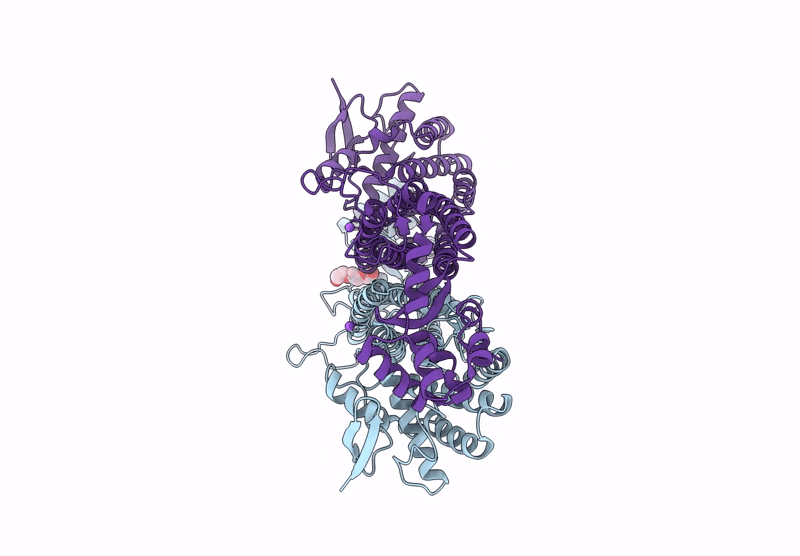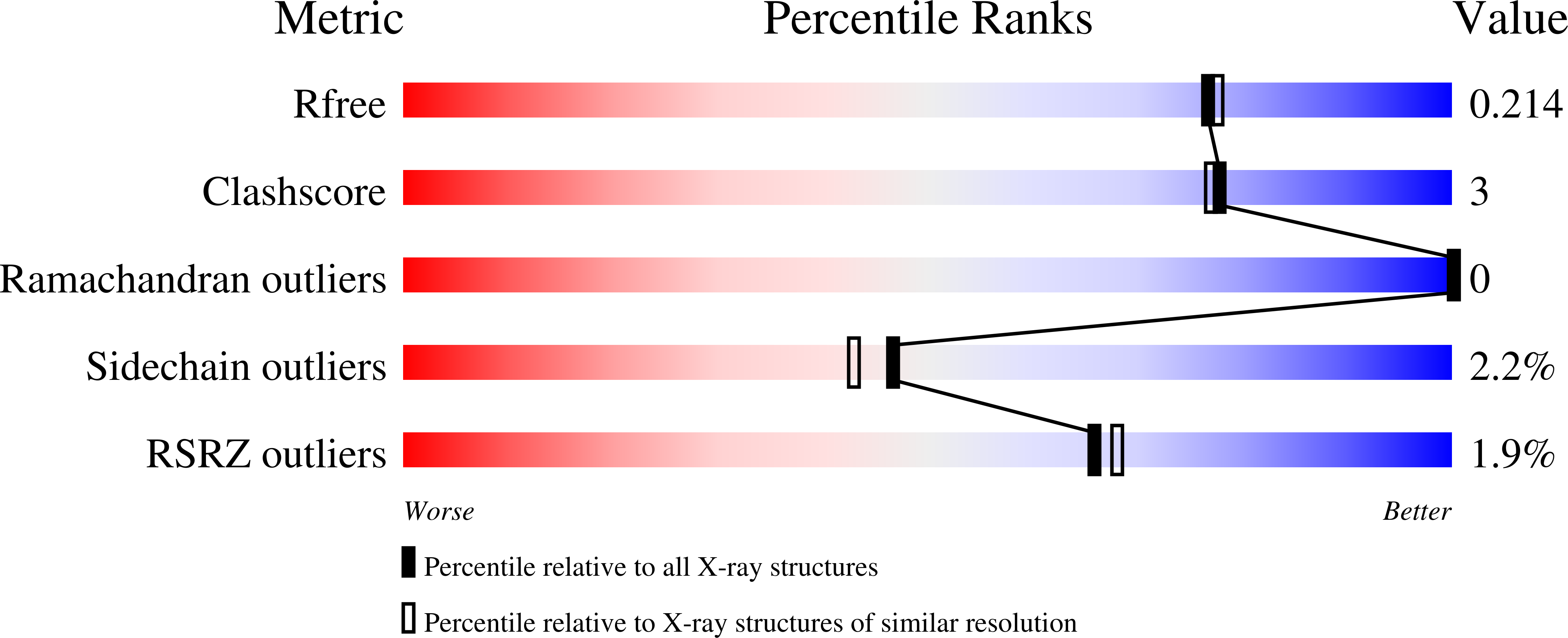
Deposition Date
2023-12-19
Release Date
2025-01-15
Last Version Date
2025-02-05
Entry Detail
PDB ID:
8RJ0
Keywords:
Title:
Crystal structure of mutant aspartase from Bacillus sp. YM55-1 in the closed loop conformation
Biological Source:
Source Organism:
Bacillus sp. YM55-1 (Taxon ID: 96471)
Host Organism:
Method Details:
Experimental Method:
Resolution:
1.90 Å
R-Value Free:
0.20
R-Value Work:
0.16
R-Value Observed:
0.17
Space Group:
P 21 2 21


